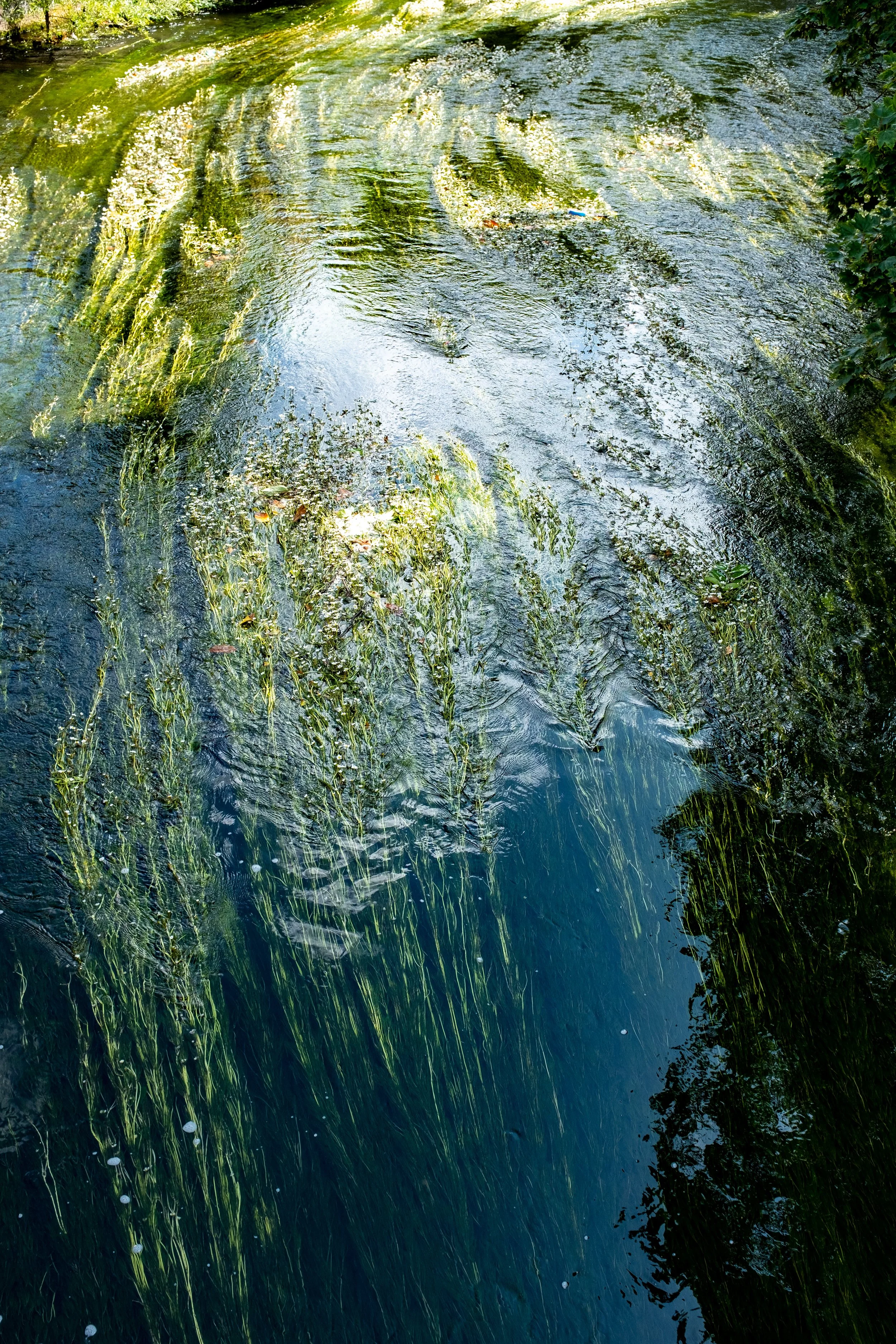
Glossary
Glossary of Terms: Flooding, Drainage, Sustainable Drainage, Natural Flood Management, and Property-Level Flood Resilience
Attenuation – The slowing down or reduction of the peak flow of water. In drainage systems, this means temporarily storing water to reduce the risk of flooding downstream.
Amphibious House – A building designed to sit on the ground under normal conditions but float during flooding, using guideposts and flexible connections.
Blue-Green Infrastructure – A network of natural and semi-natural features (like parks, ponds, and swales) designed to manage water sustainably and provide environmental benefits.
Bund – An embankment built to contain or direct water, used as a flood defence.
Catchment – The area of land where rainfall collects and drains into a river, lake or other body of water.
Combined Sewer System – A drainage system where surface water (from rain) and foul water (from toilets, sinks) share the same pipes. Common in older urban areas and prone to overflows during heavy rainfall.
Detention Basin – A dry basin designed to temporarily store stormwater and release it slowly. Often used in SuDS.
Exceedance Flow – Water that exceeds the design capacity of a drainage or flood management system, needing controlled overland flow paths to minimise damage.
Floodplain – The natural area adjacent to a river that floods when the river overflows. Can be used intentionally for flood storage.
Flood Resistance – Measures that prevent water from entering a property, such as flood doors and airbrick covers.
Flood Recoverability (or Resilience) – Measures inside a property that minimise damage if water enters, such as waterproof flooring or raised electrics.
Foul Drainage – The system of pipes that carries wastewater from toilets, sinks, showers, and washing machines to a treatment facility or sewer.
Green Roof – A roof covered with vegetation that absorbs rainwater and reduces runoff.
Infiltration – The process of water soaking into the ground. SuDS often encourage this to reduce runoff.
Leaky Dam – A natural flood management feature made from logs or brushwood that slows the flow of water in a stream, allowing it to back up and infiltrate.
Natural Flood Management (NFM) – Using natural processes and features (like wetlands, woodland, and leaky dams) to slow, store and filter water in the landscape.
Non-Return Valve (NRV) – A valve that allows water to flow one way (out of a property) and prevents it from flowing back in, often used in sewers and drains.
Permeable Paving – Surfaces that allow rainwater to soak through into the ground, reducing runoff.
Property Flood Resilience (PFR) – Measures taken at the household level to reduce flood risk and damage, both outside (barriers, doors) and inside (resilient finishes, raised services).
Rain Garden – A shallow planted depression that collects and filters rainwater from roofs or paving.
Retrofit – The addition of new flood or drainage measures to existing buildings or infrastructure.
Smart Airbrick – An airbrick that seals automatically when submerged to prevent floodwater entering through ventilation gaps.
Airbrick – A vent, usually located low on external walls, that allows air to circulate under floors. Can be a flood entry point if not protected.
Soakaway – An underground pit filled with gravel or crates that allows rainwater to drain slowly into the ground.
Storm Overflow – The release of untreated sewage and rainwater into rivers or the sea when combined sewers are overwhelmed.
SuDS (Sustainable Drainage Systems) – A set of techniques that mimic natural drainage to manage rainwater close to where it falls. Includes features like swales, rain gardens, ponds, and permeable surfaces.
Surface Water Flooding – Flooding caused by heavy rainfall overwhelming drains and flowing over land.
Swale – A shallow, vegetated channel that slows and filters rainwater runoff.
Washland – An area (often rural) that is intentionally allowed to flood during high river flows to protect downstream areas.
Wetland – A low-lying area saturated with water, either permanently or seasonally, that can absorb floodwater and filter pollutants.
Water Square / Floodable Plaza – A public space designed to temporarily store stormwater during intense rainfall while functioning as a recreational area during dry weather.
Woodland Creation (for NFM) – Planting trees and restoring woodlands to slow runoff and improve water infiltration in a catchment.
Downspout – A vertical pipe attached to gutters that channels rainwater from the roof to the ground or drainage system.
Water Butt – A container used to collect and store rainwater from roofs for later use, such as watering gardens.
Flow Control – A device used to regulate the rate at which water is released from storage areas like ponds or tanks to prevent overwhelming downstream drainage.